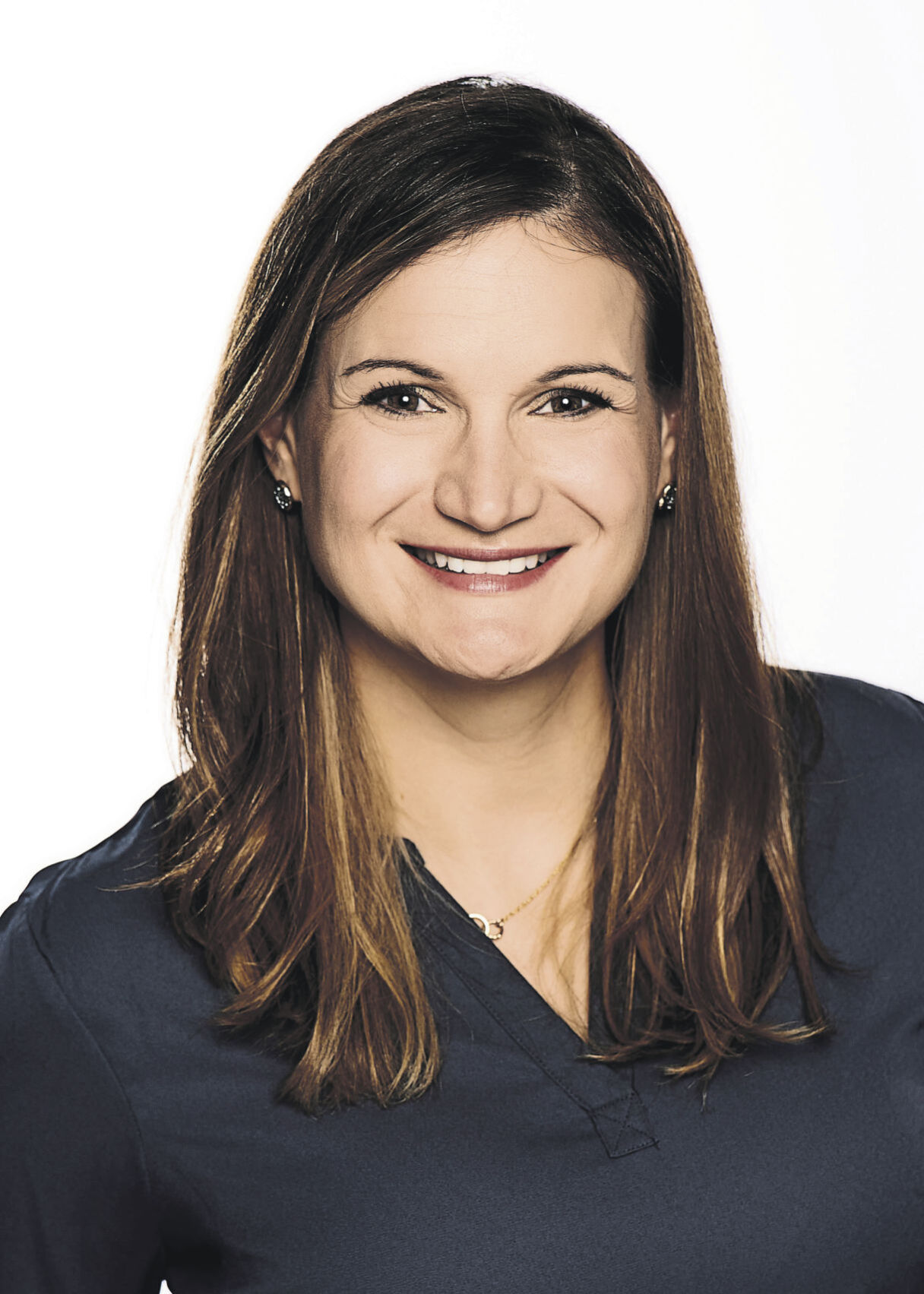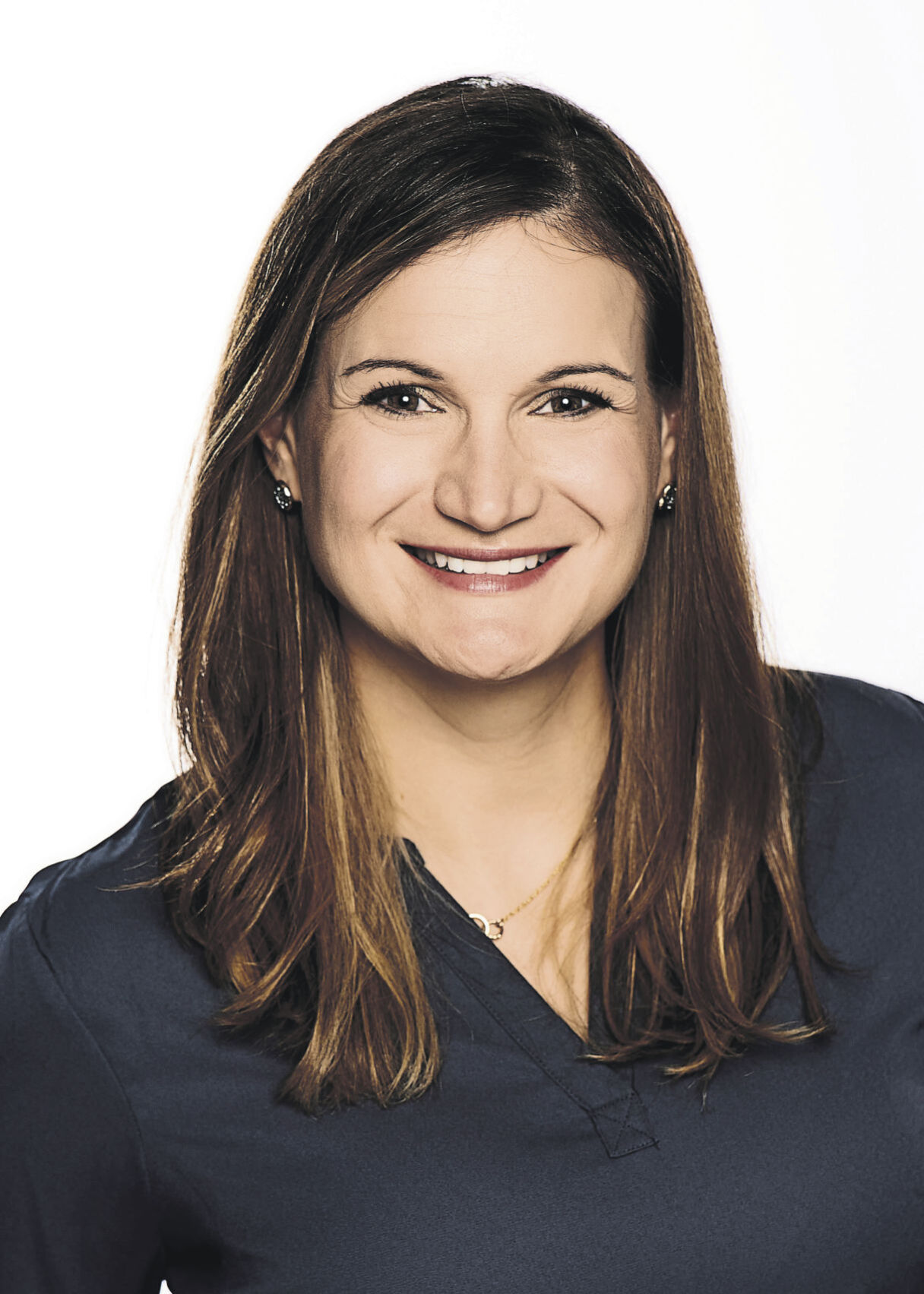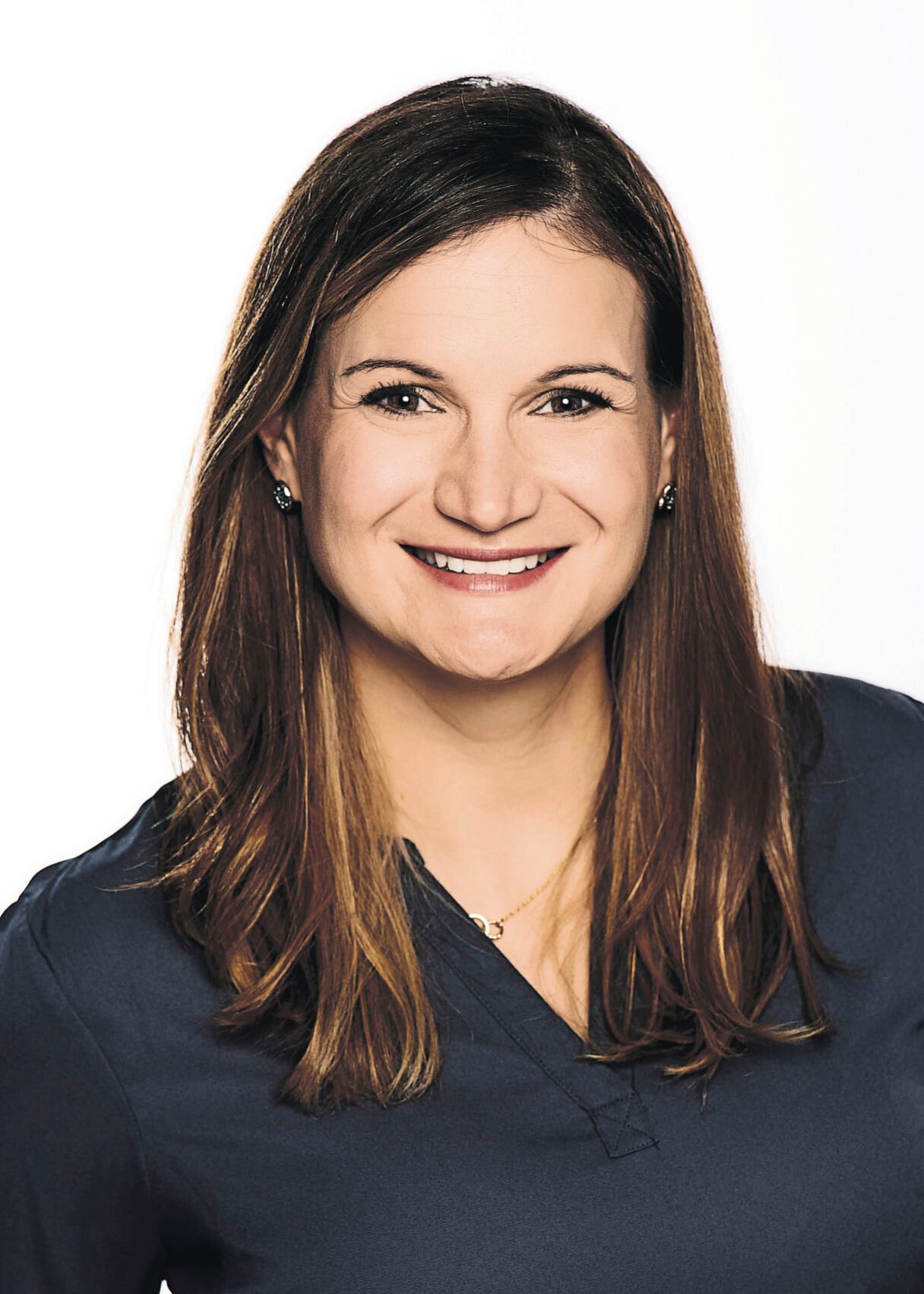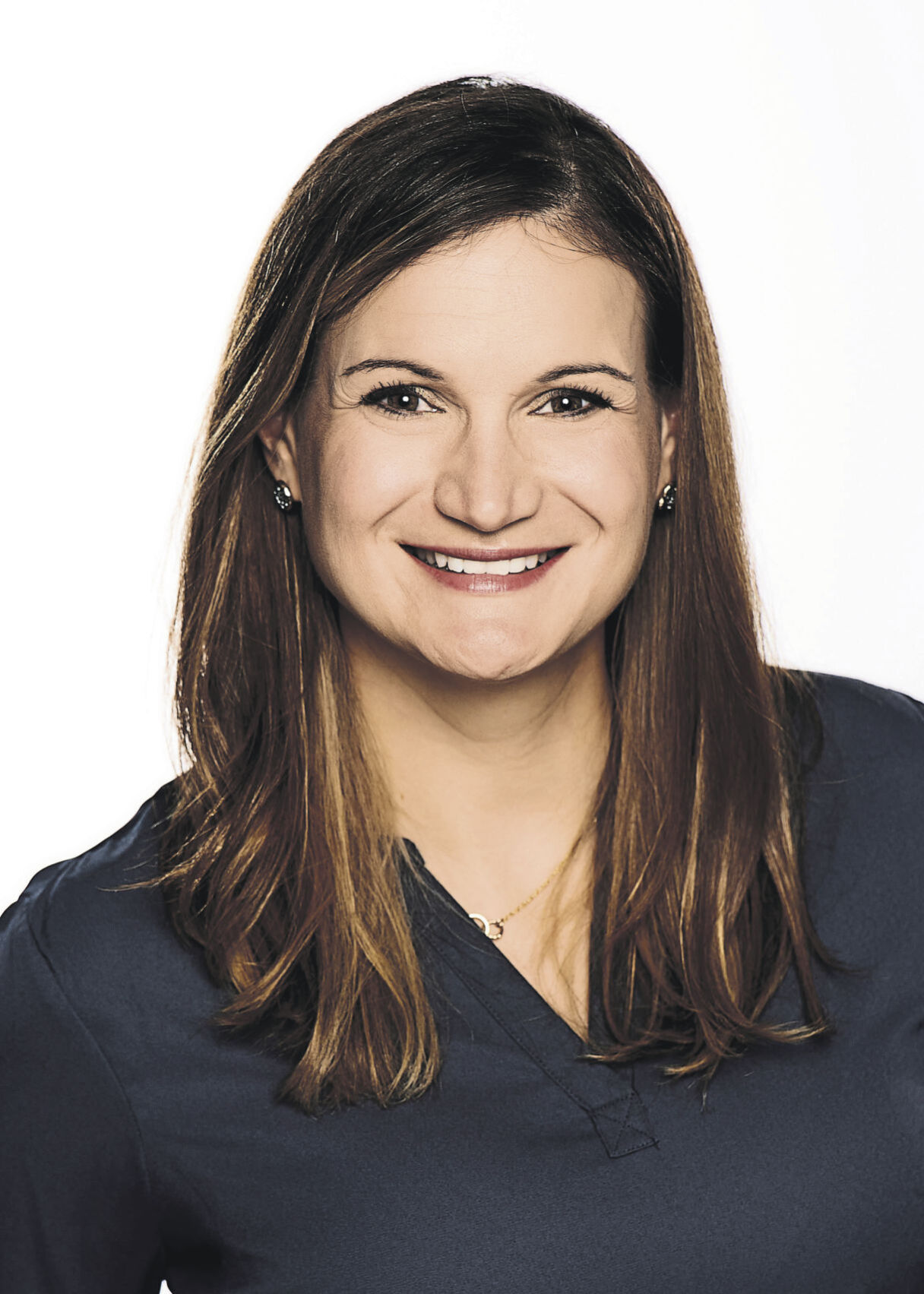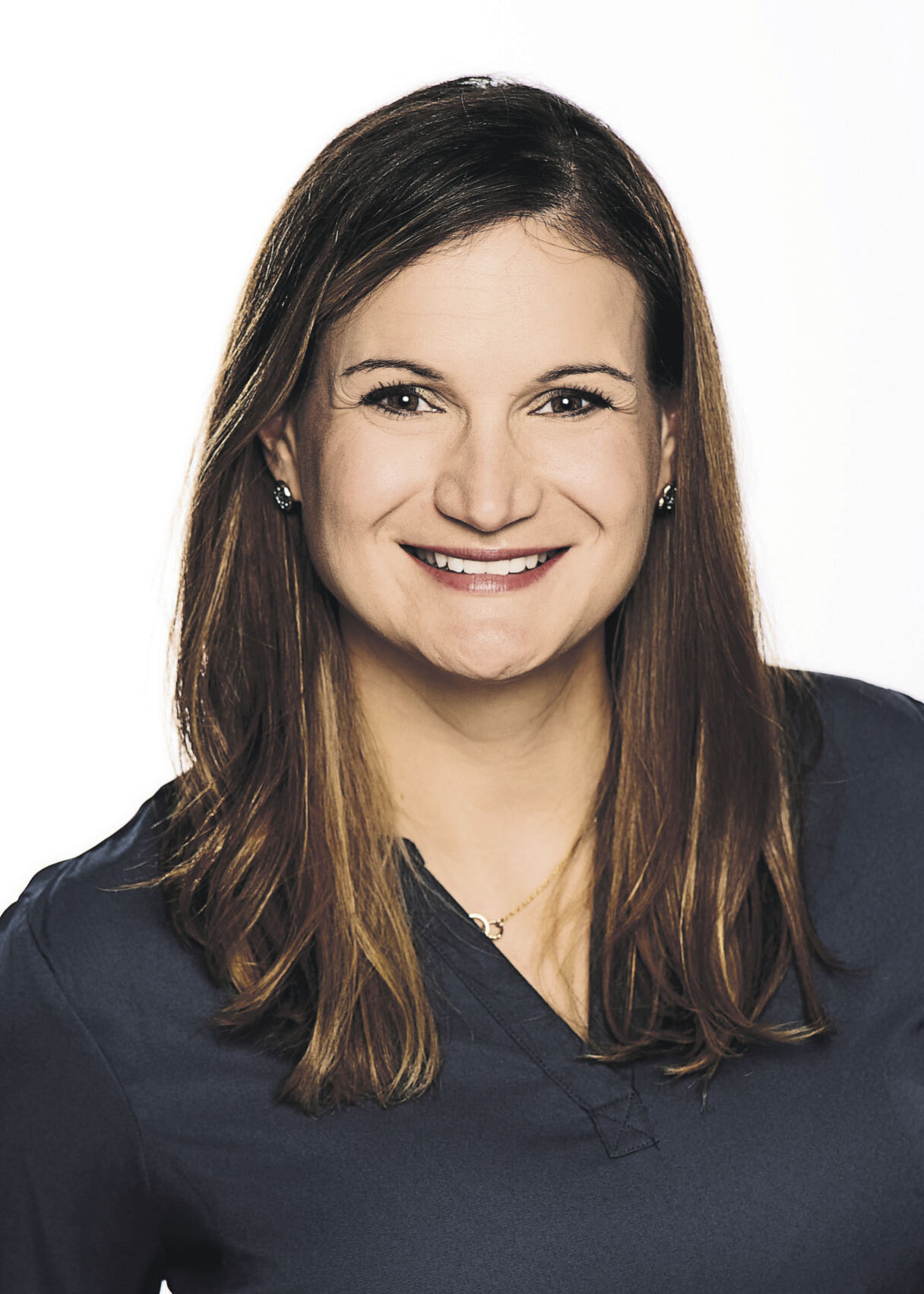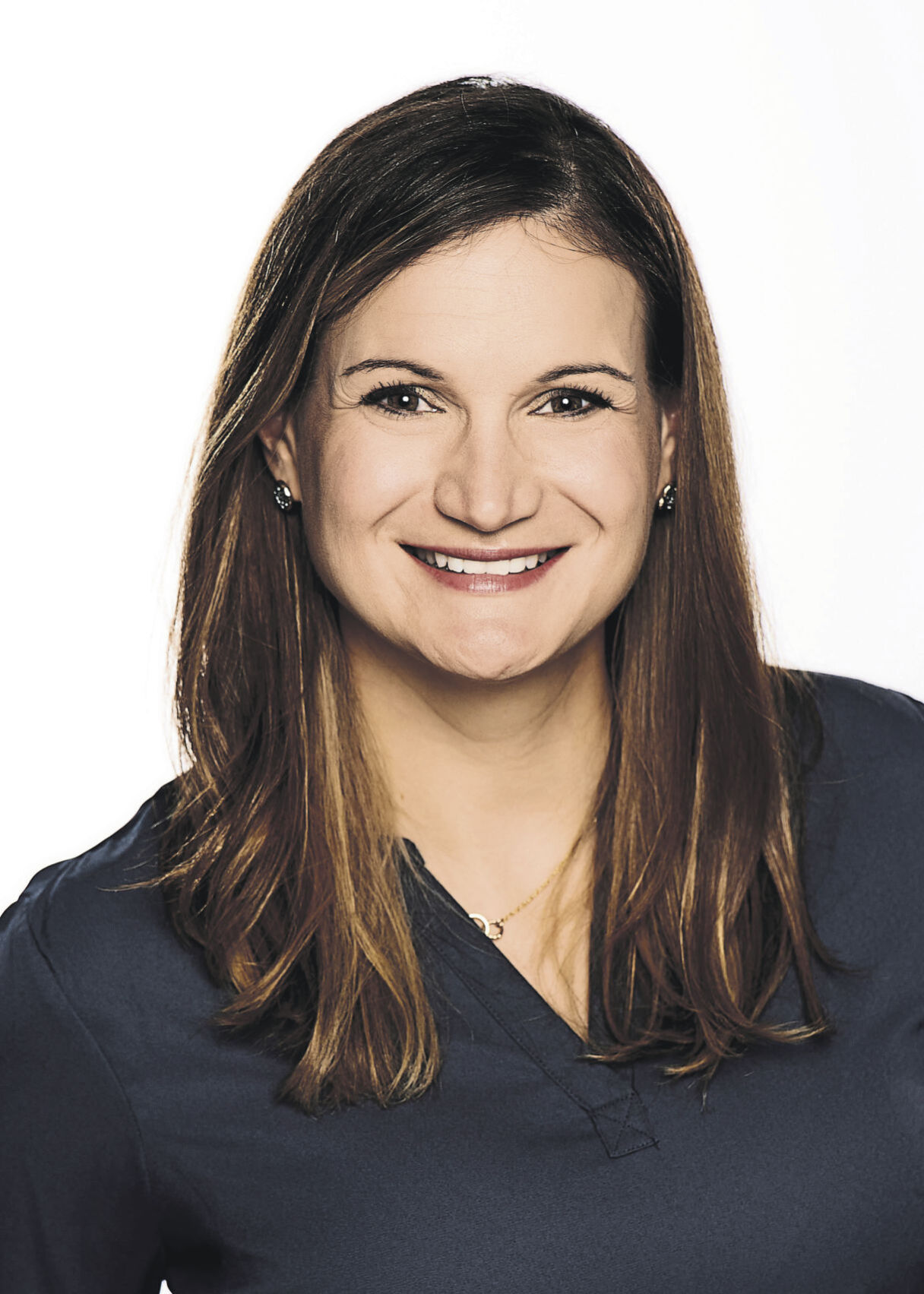October is Breast Cancer Awareness Month.
Unfortunately, this type of cancer continues to be the most common among American women, with 255,000 receiving this diagnosis yearly. Throughout a lifetime, one in eight women will be diagnosed with breast cancer.
Men also can develop breast cancer, but it is much less common. Currently, one out of every 100 new breast cancer diagnoses occur in men.
Everyone has a risk of developing breast cancer. This risk is a combination of things we cannot change — gender, age, family history — as well as things we can — diet, exercise and alcohol intake.
Making changes where we can — through physical activity, avoiding alcohol and maintaining a BMI less than 25 — can reduce the risk of breast cancer.
As with many other cancers, early detection and treatment are essential for the best outcome. Women are encouraged to start monthly self-breast exams by the time they are in their early 20s.
To successfully complete a self breast exam, women are to touch all aspects of the breast, including the “tail” of tissue leading from the upper outer breast to the underarm. The woman is to check for changes in the size or shape of either breast. She also is looking for any areas of pain, nipple discharge or new lumps or bumps.
Once a woman turns 40, she is encouraged to obtain breast imaging. The gold standard for breast cancer imaging is a mammogram. In this procedure, the breast tissue is compressed and an x-ray image is obtained. This can identify different densities and masses in the breast.
Another breast imaging tool is thermography. This is FDA-cleared as an adjunctive tool, meaning it can add benefit to another screening procedure. Thermography uses infrared technology to show patterns of heat on or near the surface of the body. Any “hot spots” would require further testing.
If an abnormality is detected, further studies are needed to determine whether or not cancer is present. The patient might undergo further imaging with ultrasound or MRI. A surgeon might need to perform a biopsy and collect cells from the suspicious area. These are sent to the lab, where a pathologist determines whether or not the cells are cancerous.
I would encourage everyone to have an open conversation with their healthcare provider regarding their risks. This discussion should include both personal health and family history to determine which screening tools would be best for your situation.
Emily Roling is a board-certified nurse practitioner at Statera Integrated Health and Wellness Solutions in Dubuque.


